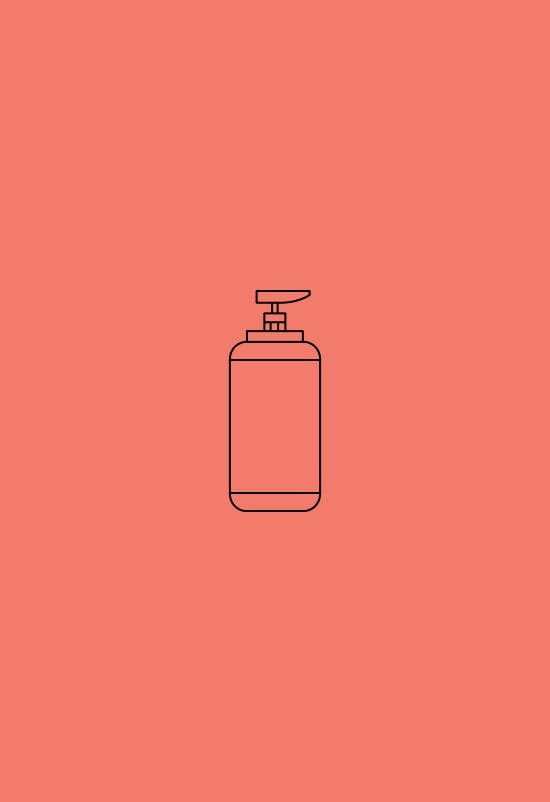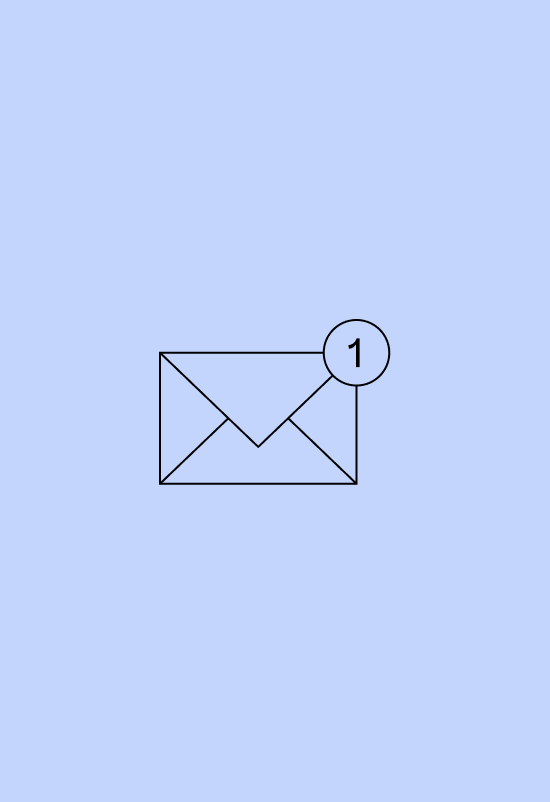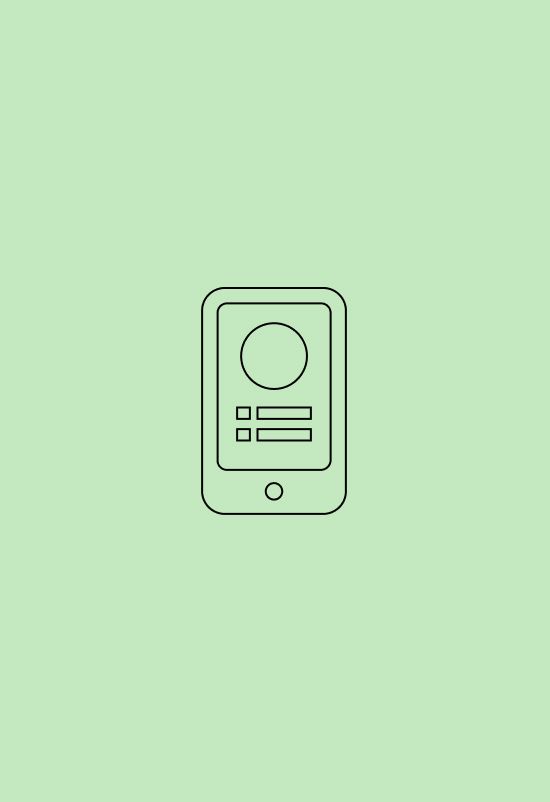Awareness > trial > repeat > loyalty.
That’s the way it goes with the CPG funnel; there are no shortcuts or steps to skip. With brands chasing subscription revenue on their DTC channels, however, we’re finding the words “retention” and “loyalty” are often conflated.
They couldn't be more distinct.
To illustrate: Mistakenly modeling out higher levels of retention within your customer base can have significant pitfalls—missing revenue projections and margin assumptions, ordering too much product, spending too much to acquire customers (if you’re into the CAC:LTV thing).
But modeling out higher levels of loyalty? You won’t find the same traps. That’s because loyalty is a fundamentally different reflection of a customer’s relationship with a brand.
How customer loyalty and customer retention differ
Let’s start by defining customer retention and customer loyalty.
From Ipsos:
“Customer retention is what an organisation measures to understand and consequently reduce customer churn.”
and:
“Loyalty is faithfulness and a devotion to a person, country, group, organisation, or cause and is the recognition of the specialness of a relationship which results in differential and more favourable treatment towards this relationship, the creation of a bond as the result of this relationship, and the defence and reinforcement of this relationship.”
(OK. That’s a mouthful. We’ll break it down momentarily.)
A retained customer—or repeat customer—then is someone who has bought from you more than once. Usually, you’ll want to set a time window for which you measure this. Use purchase frequency or replenishment interval data to help guide what that time window should be.
Retention data can provide both forward-looking business information (such as revenue forecasting) and, when paired with qualitative information, product marketing information (such as product-market fit analysis and packaging refinement).
Critically, repeat customers are not always loyal customers—though, of course, they can become that.
Loyal customers, on the other hand, predictably and repeatedly choose your products over competitors. It’s not always because they love you, though.
Loyalty can be further classified by two motivators:
- Attitudinal. Loyalty driven by a customer’s brand preference. Usually rooted in emotion.
- Behavioral. Loyalty driven by a customer’s actions. Rooted in repetitive behaviors (i.e., repeat purchases).
Because of this, loyalty ends up being a better indicator of how a brand should segment its customer base for marketing campaigns while also providing insight into how distribution strategies are paying off.
How to measure customer loyalty
Numerous metrics provide useful insights into the loyalty of your customer base. Some of them include:
Customer lifetime value (CLV)
CLV's the total revenue your business generates or can generate from each customer over the lifetime (including future purchases) of their patronage. Naturally, CLV should grow with time as it's the ultimate proof that your customers enjoy buying from you, and they're happy to keep coming back.
Formula for calculating CLV:
CLV= Average purchase value × average purchase frequency × average customer lifespan
Repeat purchase rate
Repeat purchase rate is a measure of the percentage of customers that make more than one purchase from your business. A high repeat purchase rate suggests that you have a lot of happy customers. However, the benchmark for this metric may vary widely from industry to industry. For example, a car dealer cannot expect a comparable repeat purchase rate with another business that deals in groceries.
How to calculate: Repeat Purchase Rate = Number of Returning Customers From Time-Bound Cohort / Number of Customers In Time-Bound Cohort
Net Promoter Score (NPS)
NPS attempts to quantify customer satisfaction by comparing the percentage of brand loyalists with those who are dissatisfied with your product or service. To calculate NPS, organize a survey and ask customers to rate how likely they are to recommend your brand to their network. Based on the responses, divide the customers into 'promoters' and 'detractors', with promoters being the customers that are most likely to recommend and detractors being customers that will never recommend. Afterward, subtract the percentage of promoters from detractors.
- NPS = Percentage of Promoters - Percentage of Detractors
Customer Loyalty Index (CLI)
Customer loyalty is a journey rather than a destination. Therefore, it's imperative to regularly evaluate progress and see how your brand is doing overtime. CLI's the metric that can help you track customer loyalty over a period of time. Rather than relying on one index, CLI considers multiple factors, including upselling, repurchasing, NPS, etc. It's measured by requesting your customers to fill a questionnaire that asks important questions like:
- How likely are you to make a repeat purchase?
- How likely are you to try another product from the company?
- How likely are you to recommend the brand?
Afterward, you measure the average score of the three responses and compare it with the standard.
How brands use data to improve retention and customer loyalty
Customers do not just become loyalists because you want them to be. You have to go out of your way to inspire customer loyalty, and your brand will reap the benefits. Here are some data-driven strategies that can help you convert your customers to repeat purchasers and brand advocates
Exceptional, seamless customer experiences across channels
Apart from enjoying a great product or service, every customer wants to have a seamless purchase experience. As a business owner, it's your responsibility to provide personalized experiences to your customers across all sales channels.
You can achieve this by gathering the relevant customer behavior data and pivoting your marketing strategy to cater to your customer's touchpoints. Your desire for ensuring a seamless customer experience should also extend to your customer service teams as they can have a huge impact on the success or otherwise of your customer retention strategies.
Relevant & personalized follow-up post-purchase
Post-purchase follow-up is a useful tool for keeping the interaction going with your customers. However, it has to be well-planned and executed to get the best results. You can use a reliable CDP platform like Repeat to get relevant customer data and send custom messages based on each customer's purchase behavior. The data will also account for anticipated changes in customer behavior. That way, you're less likely to send irrelevant post-purchase messages, and the follow-up can have the desired impact.
One-tap reordering
One-tap reordering can greatly facilitate customer retention because it encourages seamless repeat purchasing. This strategy is particularly useful if your brand deals in items customers need to purchase frequently. For example, suppose your brand sells diapers, toothpaste, and similar household items; a CDP can help you measure how long it takes for your customer to exhaust the supply, send reminders, and give them the option of reordering with a tap. If you can consistently get the timing right, your customers will fall head over heels in love with your brand.
Reviews, referrals, and rewards
Asking for reviews after purchase is another way to keep the conversation going with your customers. Positive reviews can help prospective customers make a favorable purchase decision. Even if the reviews are not so positive, you should see them as an avenue to improve your product or service.
Moreover, if you attend to the pain points your customers share via their reviews, they're likely to be more loyal to your brand since they know you listen.
Besides asking for reviews, you can also create customer loyalty programs to encourage repeat purchasing and brand advocacy. Programs such as member-only perks, ongoing discounts, and special promotions, and other personalized incentives can be great tools for building brand loyalty. However, it's vital to measure the impact of these programs so you can adapt your marketing strategies as necessary. If a rewards program is not generating the desired impact, do not hesitate to tweak it.
While loyal customers can motivate you, embolden you, and remind you there are real people who love using your products every day, customer retention is the more pragmatic approach to an important metric for measuring growth.
It’s an absolute reflection of a customer’s relationship with a brand, while loyalty is a more relative reflection of that relationship. Said another way: As tempting as it may be to have every customer love your brand, it’s more valuable to earn another purchase from every customer you have. Do that, and many will end up loyal anyway.











